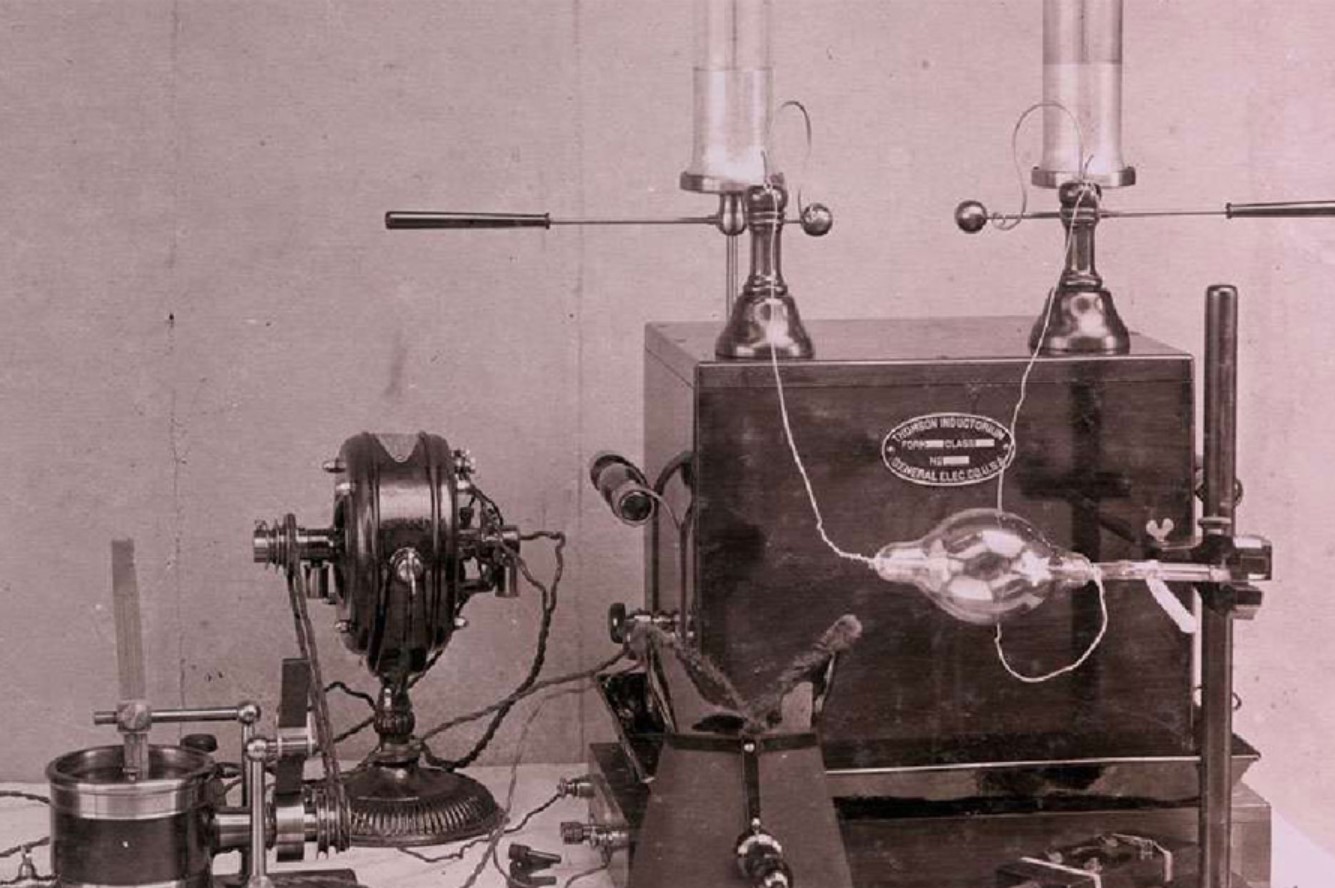2023
On January 4, 2023 GE HealthCare spun-off from GE and began trading as an independent company on the Nasdaq exchange under the ticker symbol “GEHC.”GE HealthCare launched with a presence in more than 160 countries and approximately 51,000 colleagues worldwide serving more than one billion patients a year, with an installed base including more than 4 million pieces of equipment across four business segments – Imaging, Ultrasound, Patient Care Solutions, and Pharmaceutical Diagnostics.
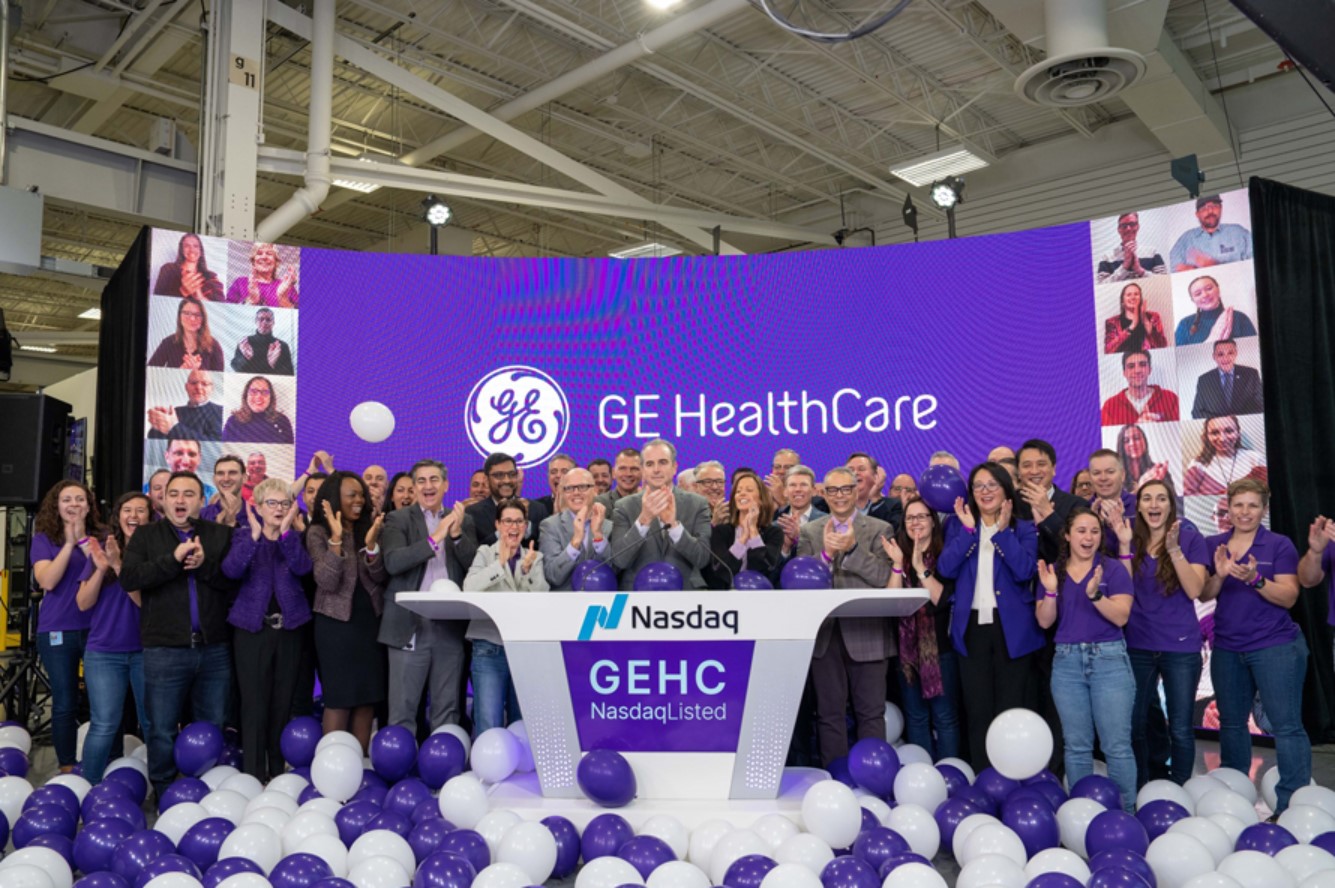
2019
The first deep learning-based CT image reconstruction technology gains FDA clearance. Deep Learning Image Reconstruction (DLIR) uses a deep neural network to produce high quality computerized tomography (CT) images.
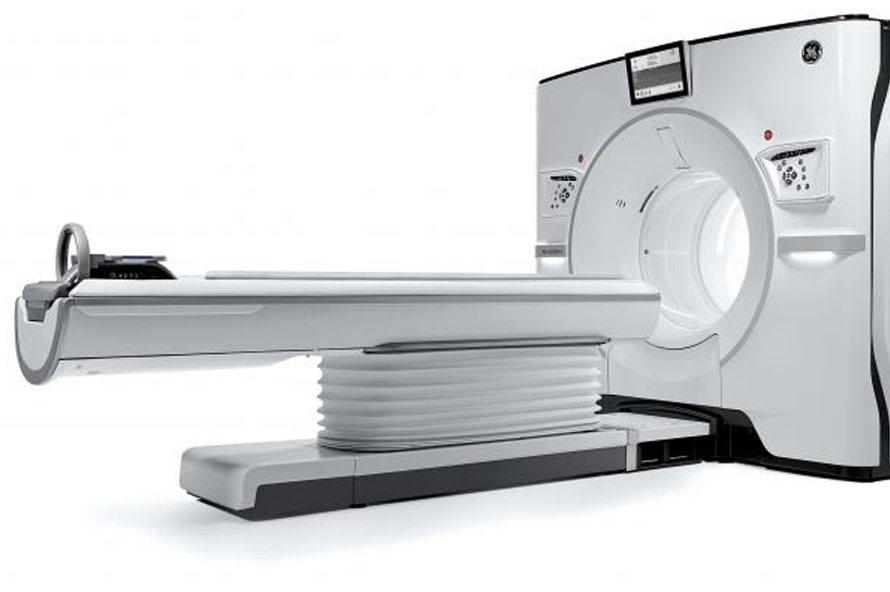
2015
The first NASA-style clinical hospital “command center” launches. It’s a digital solution that employs prescriptive and predictive analytics, machine learning, and natural language processing to empower hospital administrators with the information necessary to make critical decisions affecting their organizations. The command center and its applications help hospitals reduce waste and deliver care more efficiently and more safely.

2000
The first 4D high-res ultrasound system for women’s health enables visualization of fetal movement in utero. This technology allows clinicians and parents to obtain a clearer picture of the health, movement, and even the personality of the baby. The same year, GE introduces the first integrated hybrid infant incubator and warmer system.

1983
The first high-field 1.5T magnetic resonance imaging (MRI) scanner is introduced. (The t stands for tesla, a unit of measurement for magnetic induction named after Nikolai Tesla.) The system is based on a giant superconducting magnet with a highly uniform field 30,000 times as strong as that of Earth’s gravity. It produces cross-sectional images with unprecedented detail and clarity, particularly of “soft” tissues difficult or impossible to image by x-ray methods.
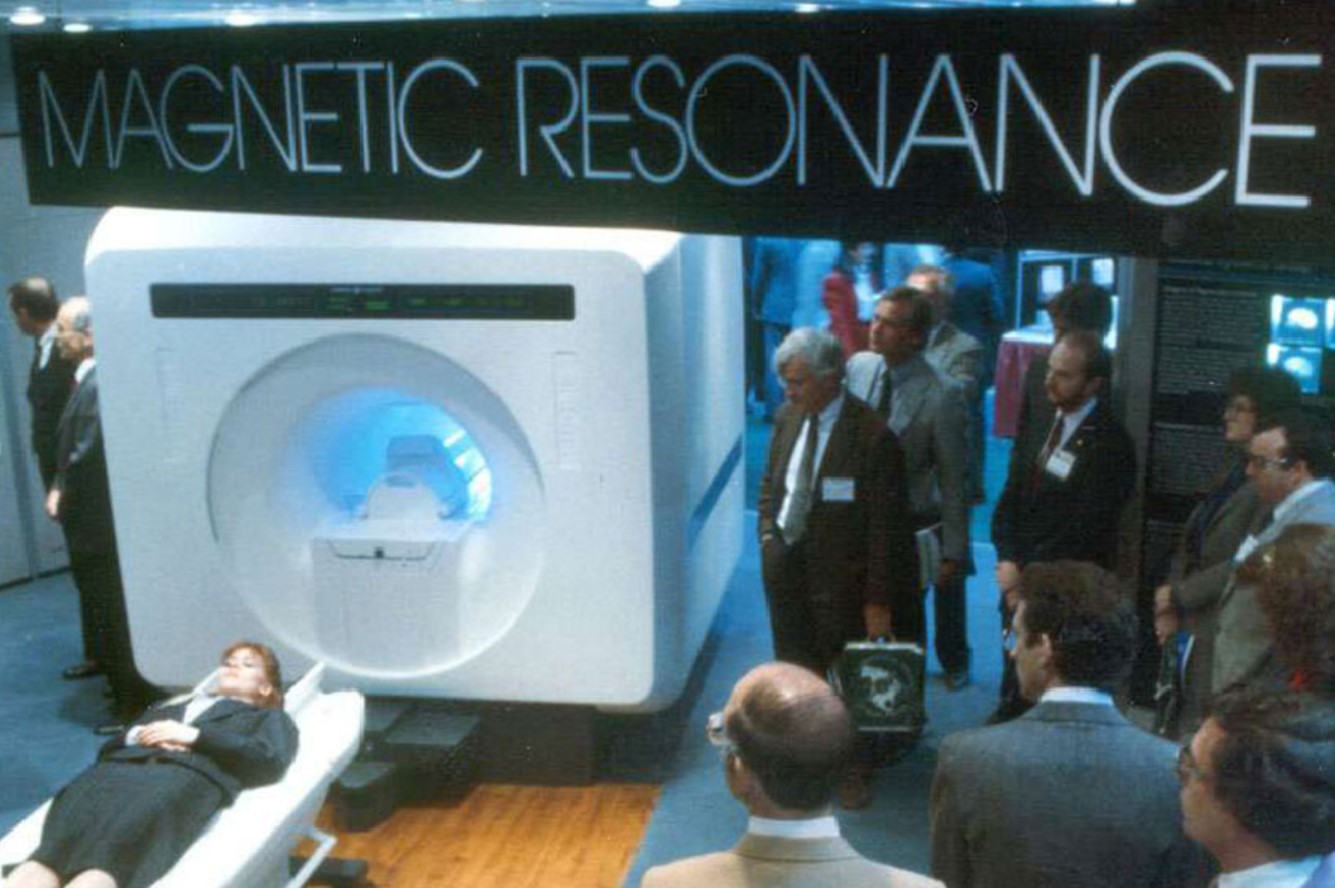
1978
The first routine total-body computed tomography (CT) scanner is made widely available. The 7800 CT scanner is the first CT system designed by GE HealthCare.
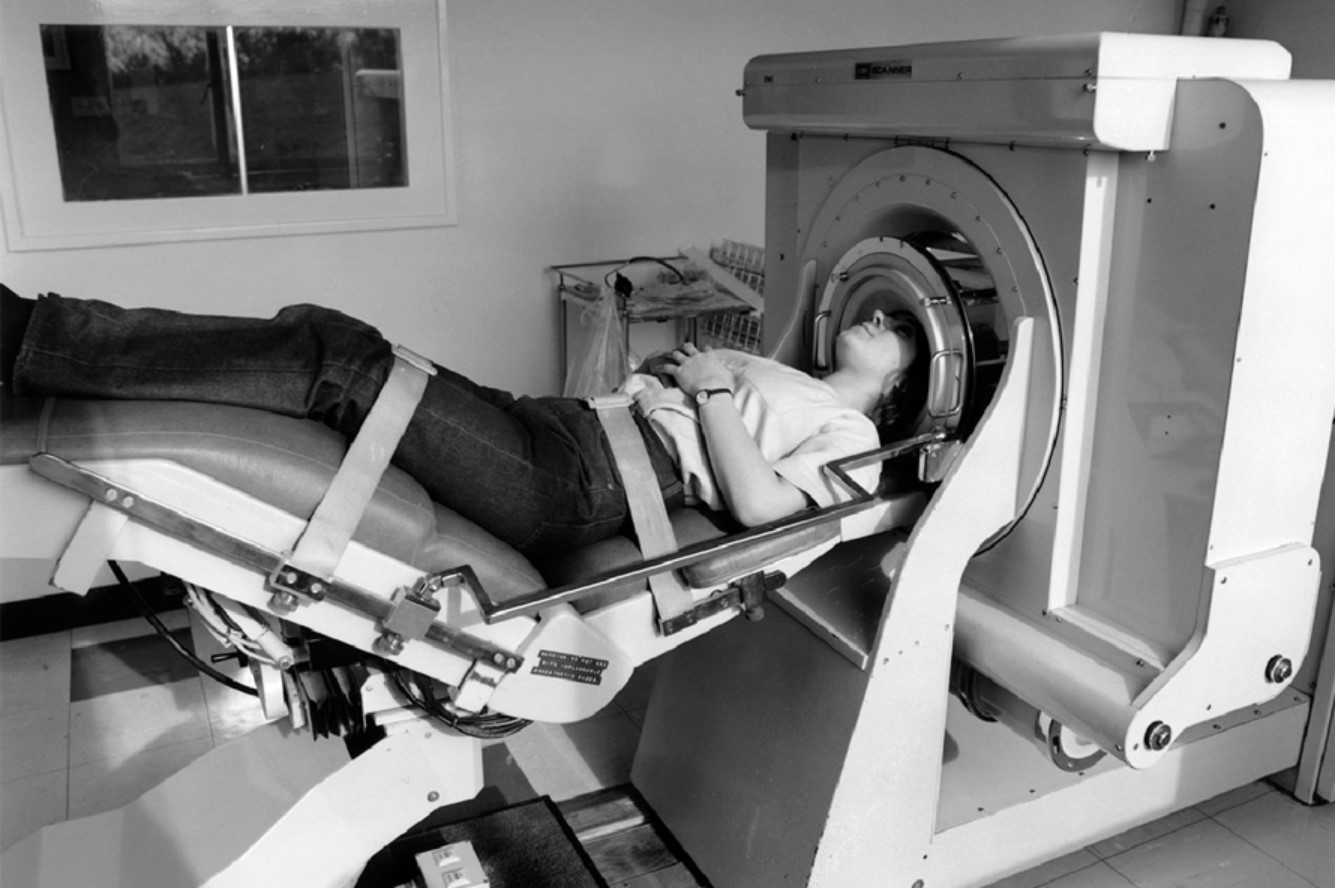
1974
The first non-ionic X-ray contrast media is introduced. Contrast imaging agents are injected into patients prior to a hospital scan to enhance the clarity of the image produced and help doctors diagnose disease. Non-ionic contrast agents do not dissociate in solution. They are lower in osmolality and therefore significantly lower the risk of adverse drug reactions.
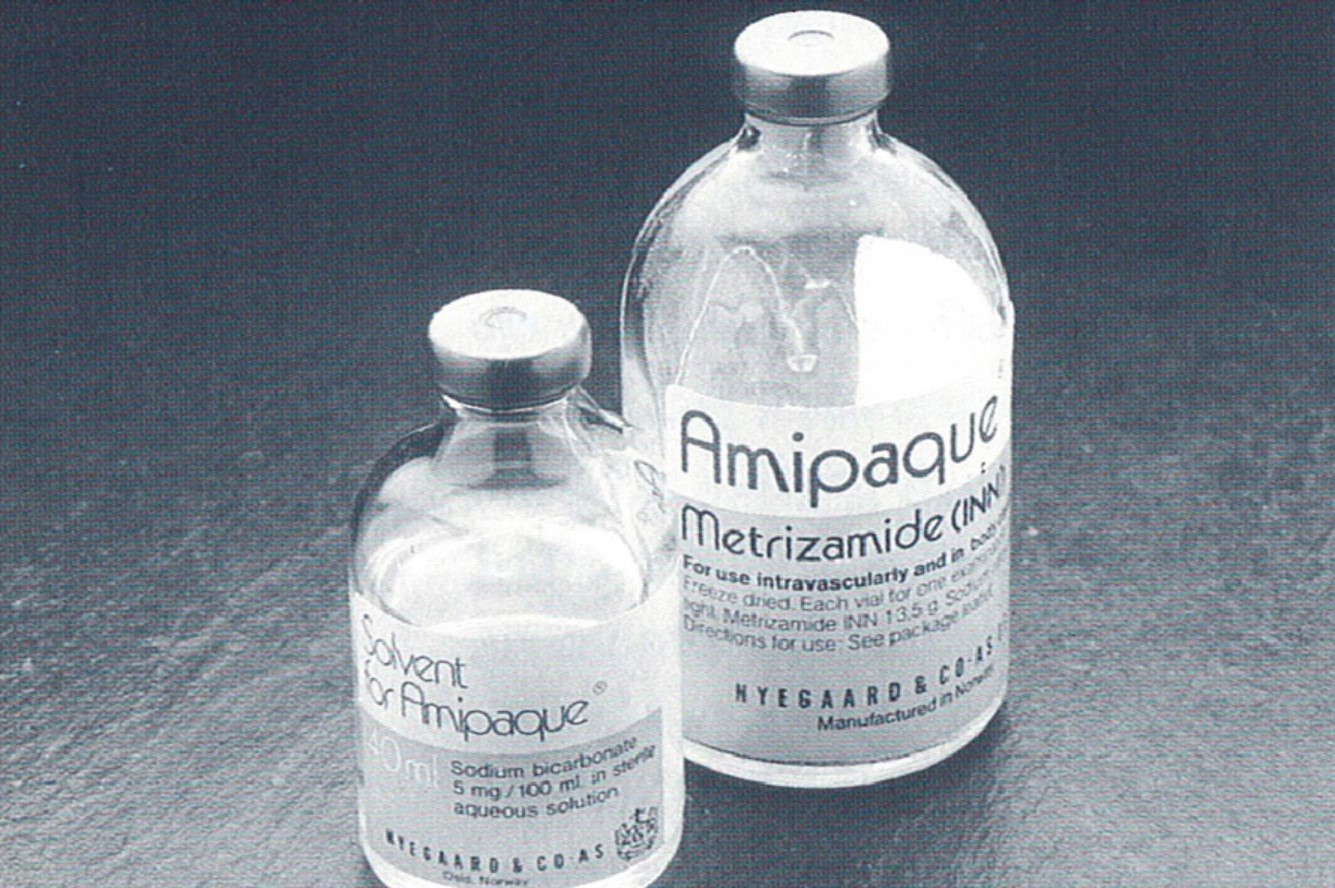
1913
GE researcher William Coolidge develops the hot-cathode, high-vacuum X-ray tube. A tungsten filament inside a vacuum tube emits X-rays at a level of intensity that allows doctors to see more deeply into the body than previous methods. The basic design of the Coolidge tube is still in use.
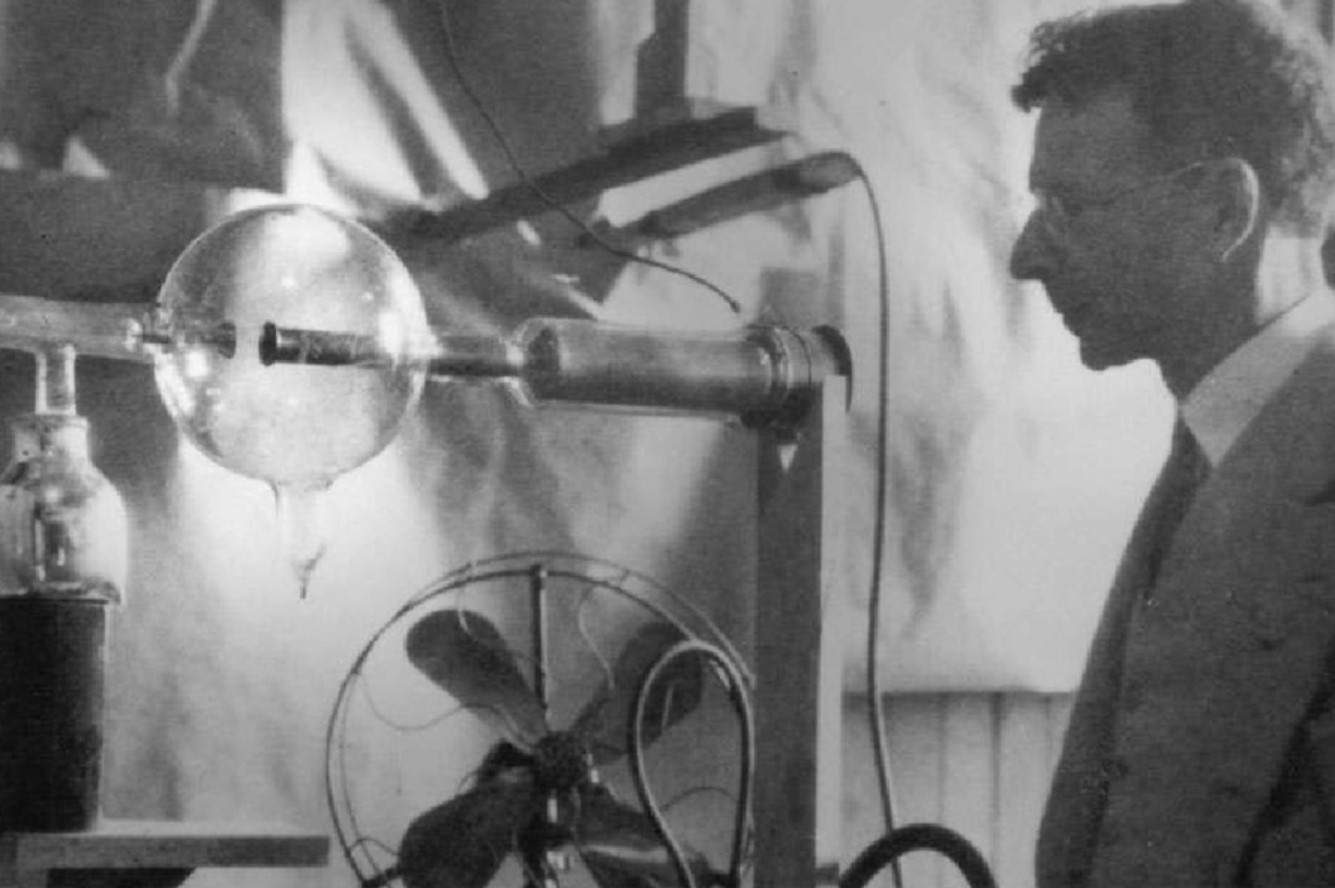
1896
GE's Elihu Thomson builds electrical equipment for the production of X-rays. He also demonstrates the use of stereoscopic pictures for diagnosing bone fractures.
